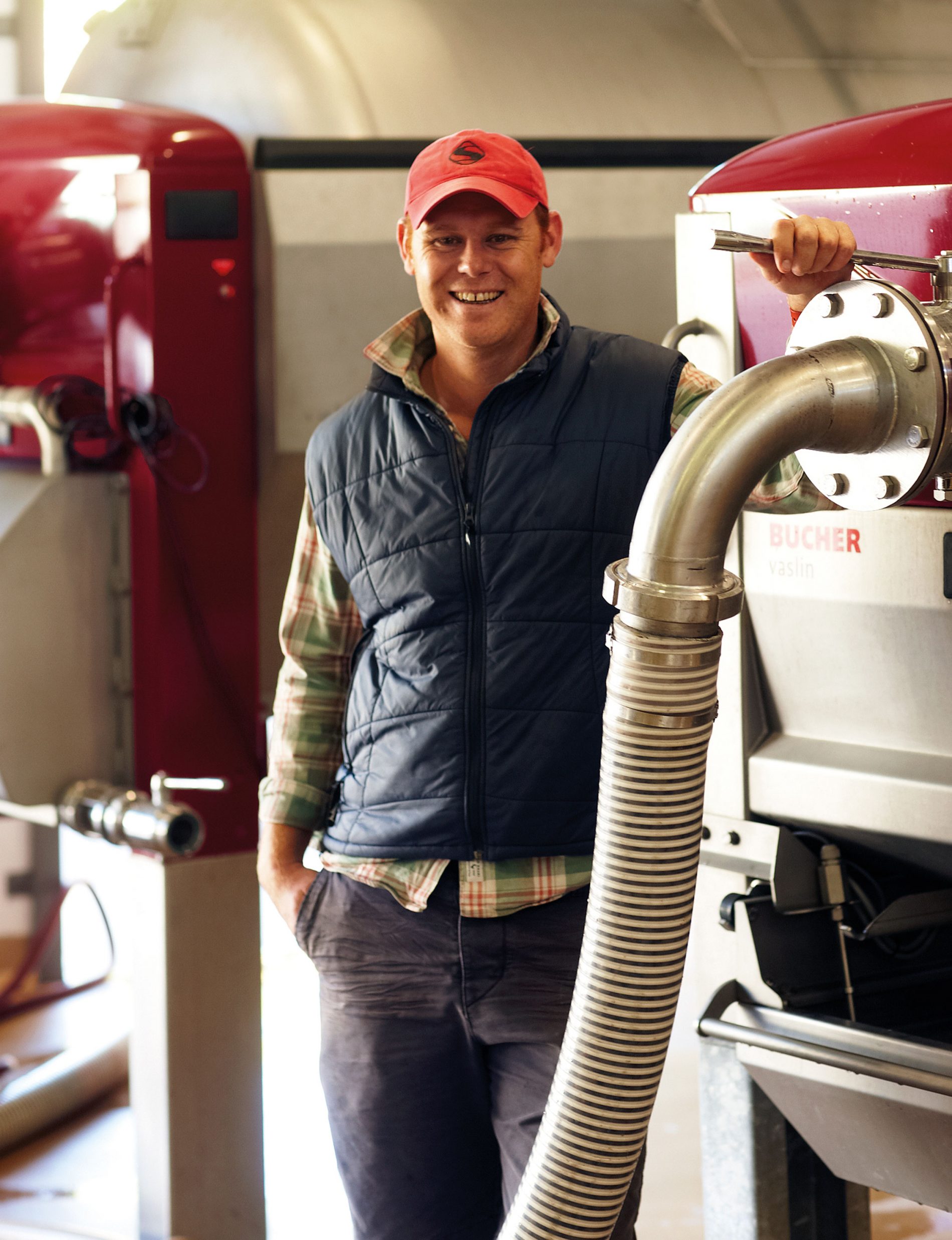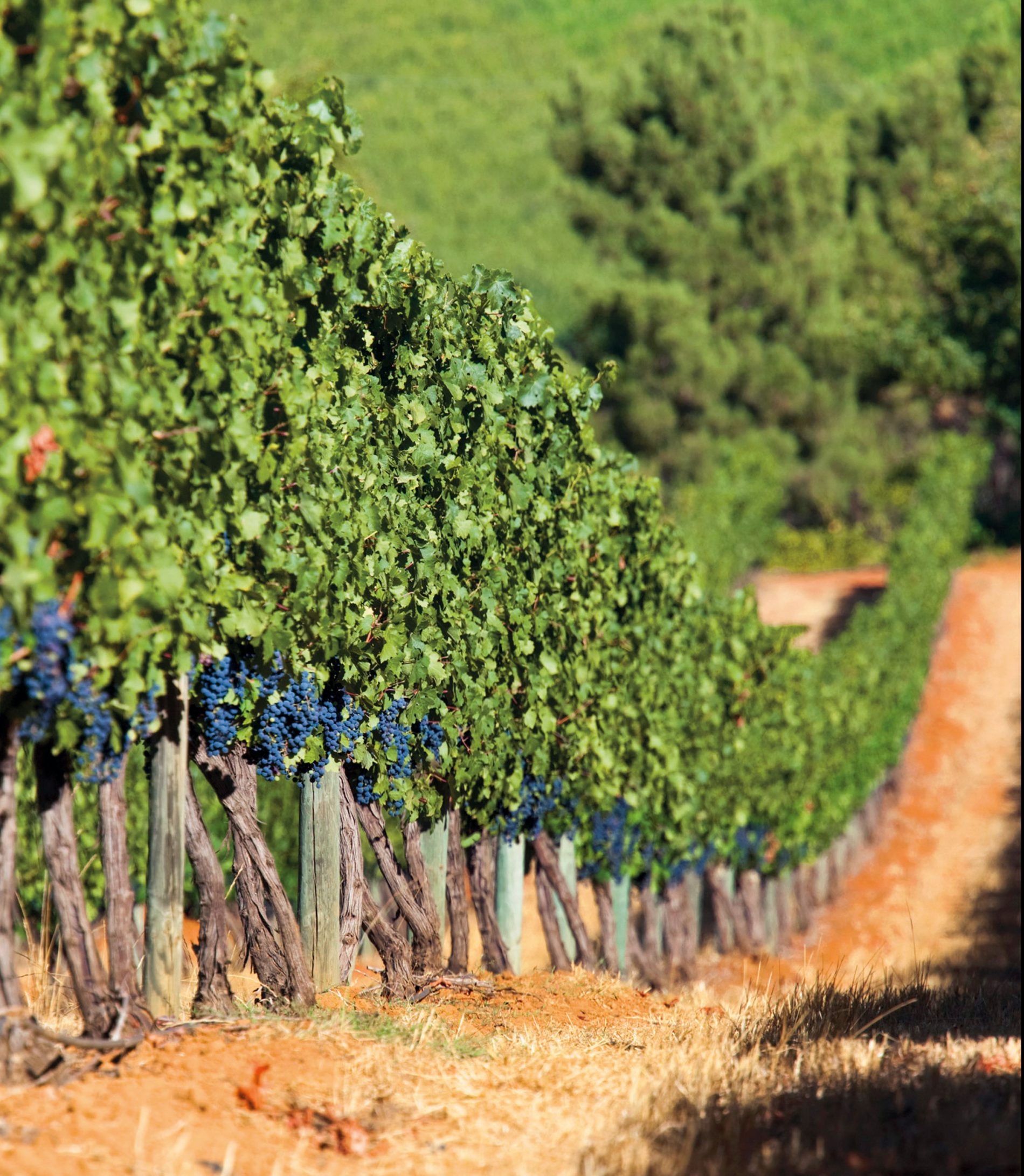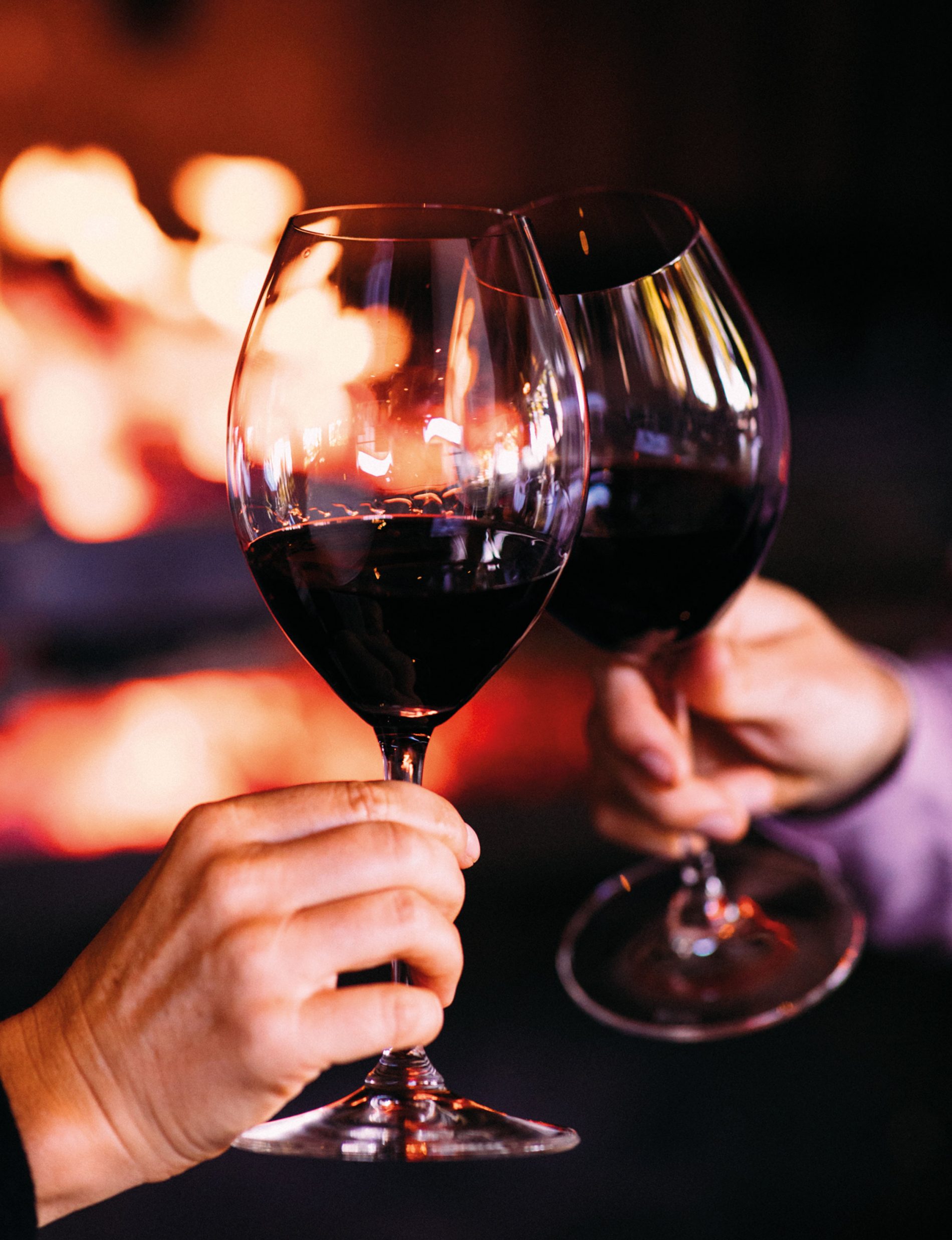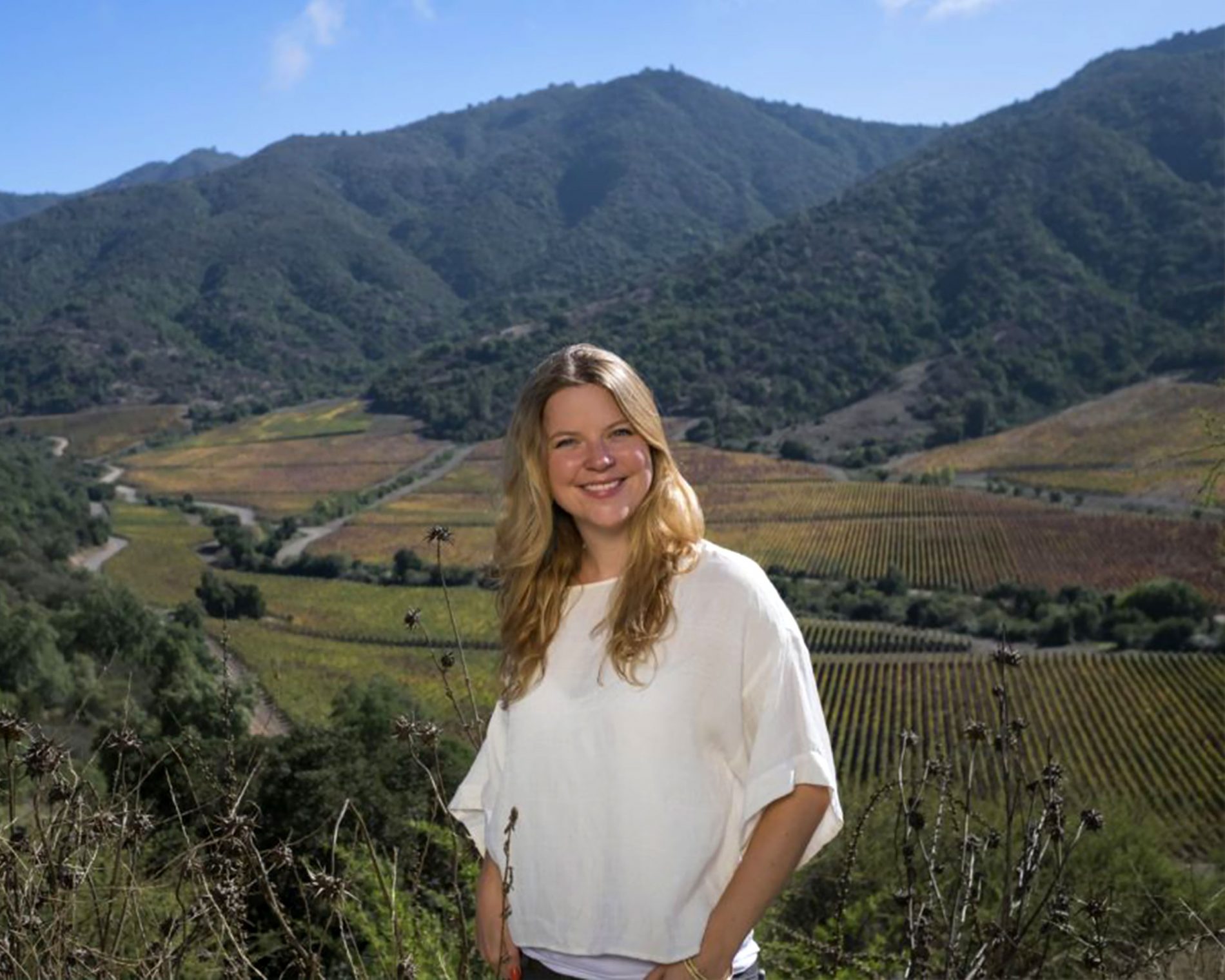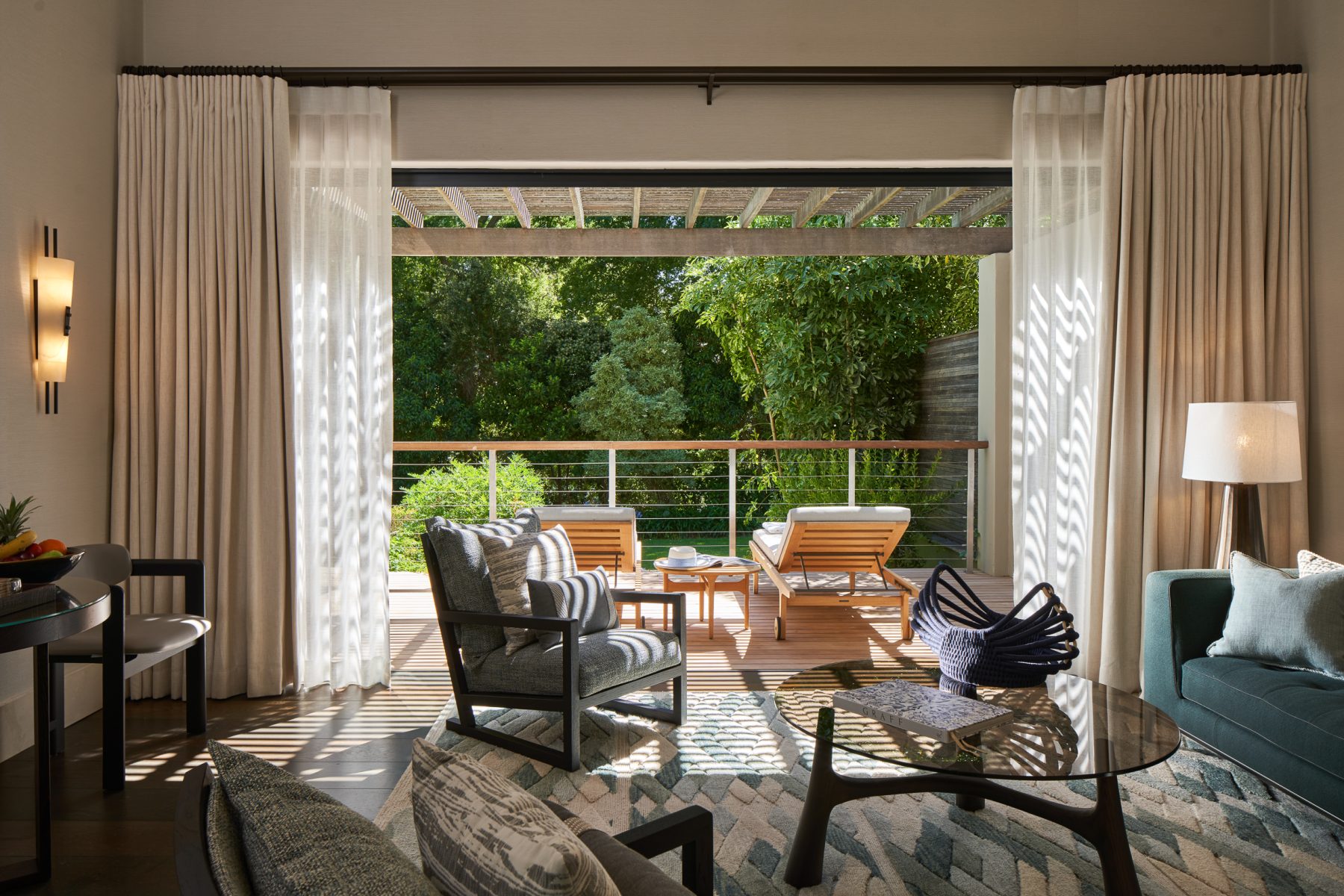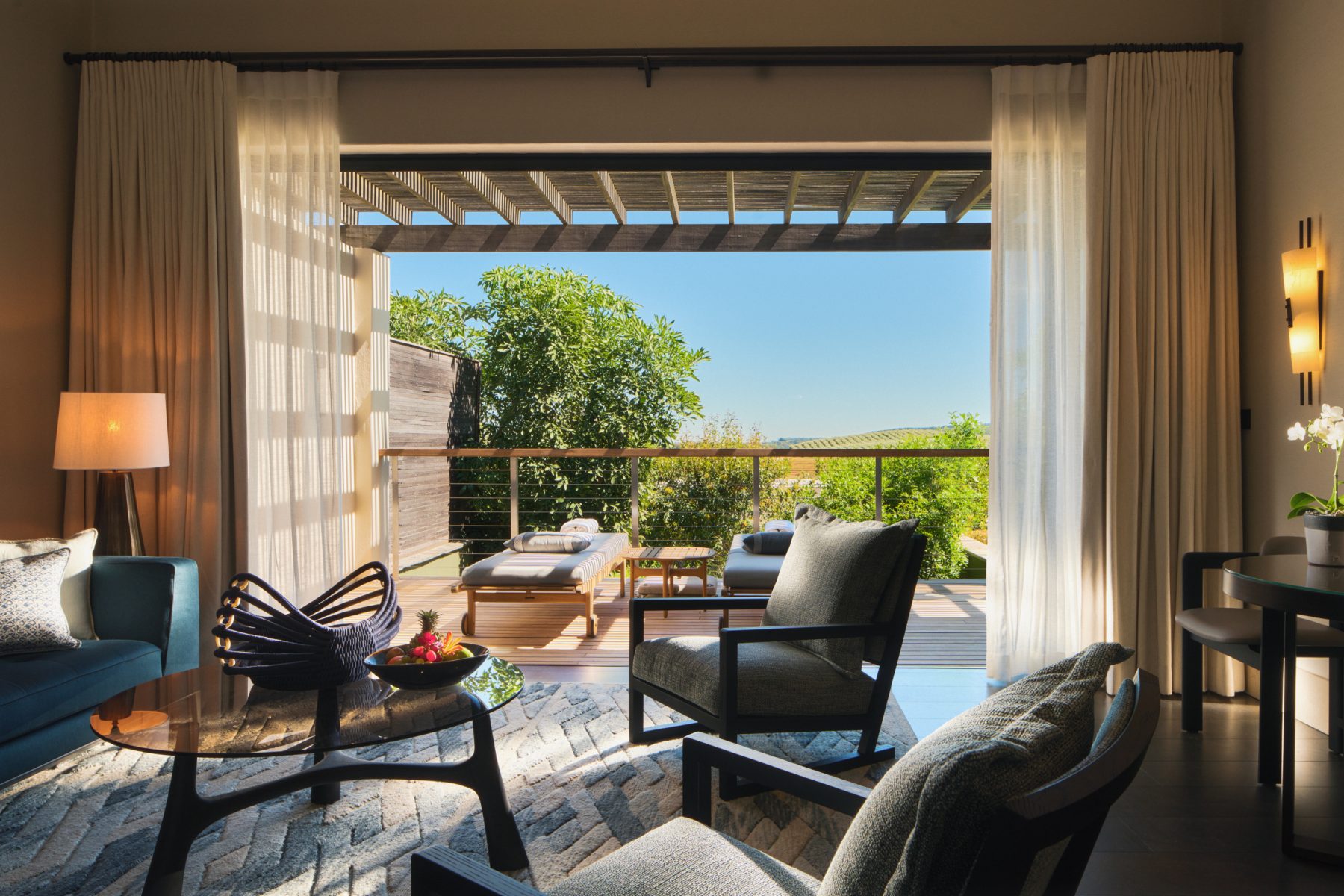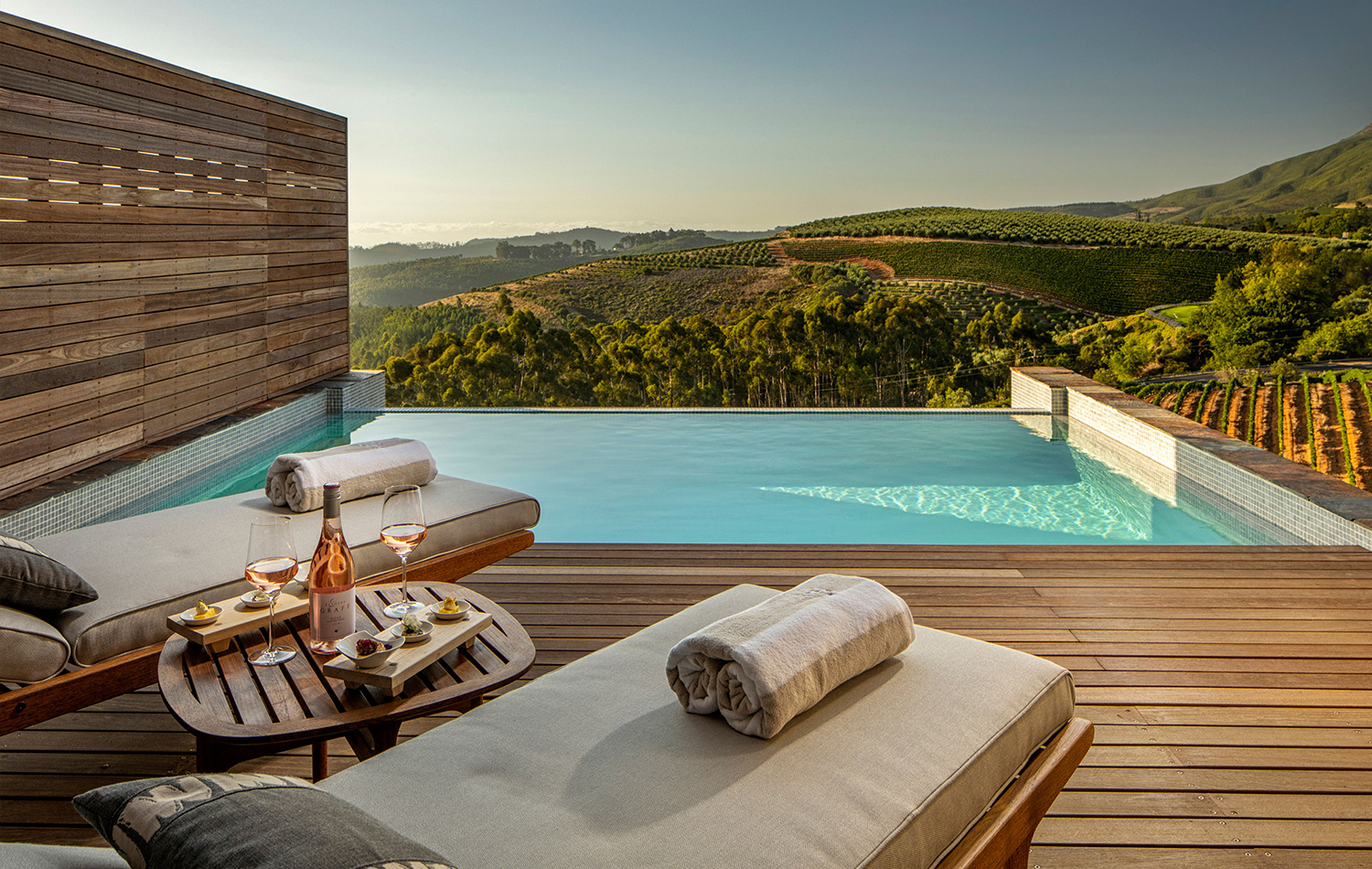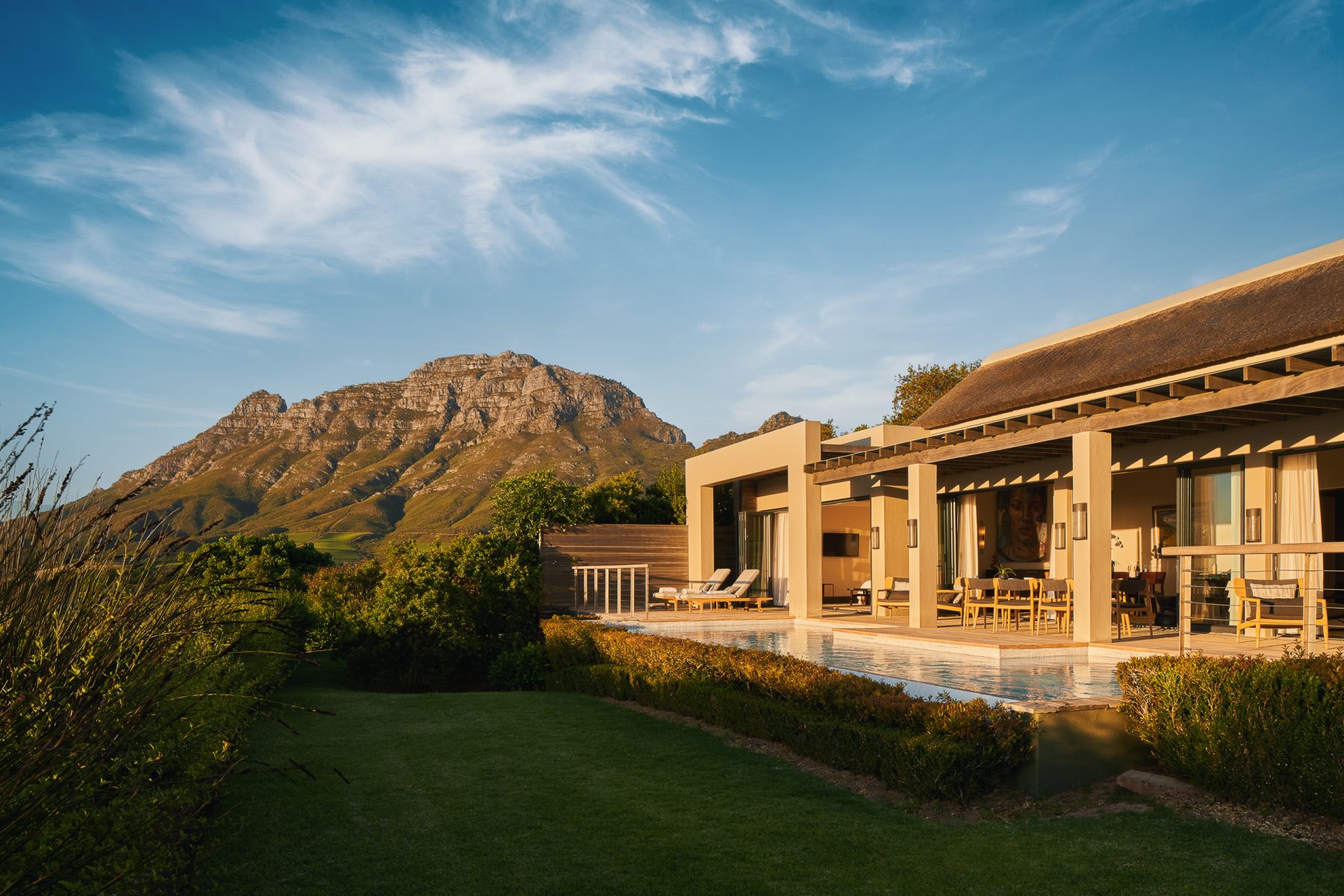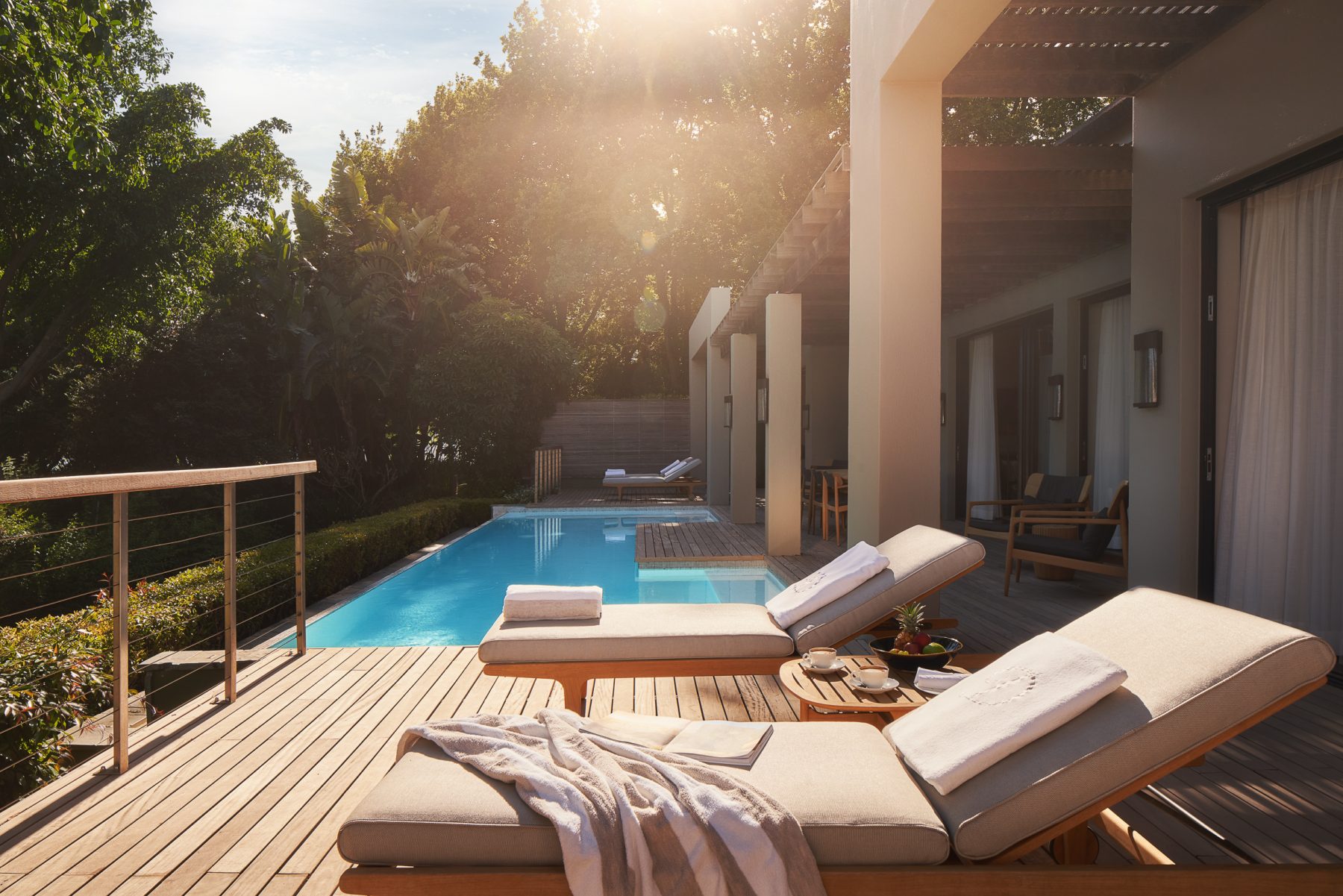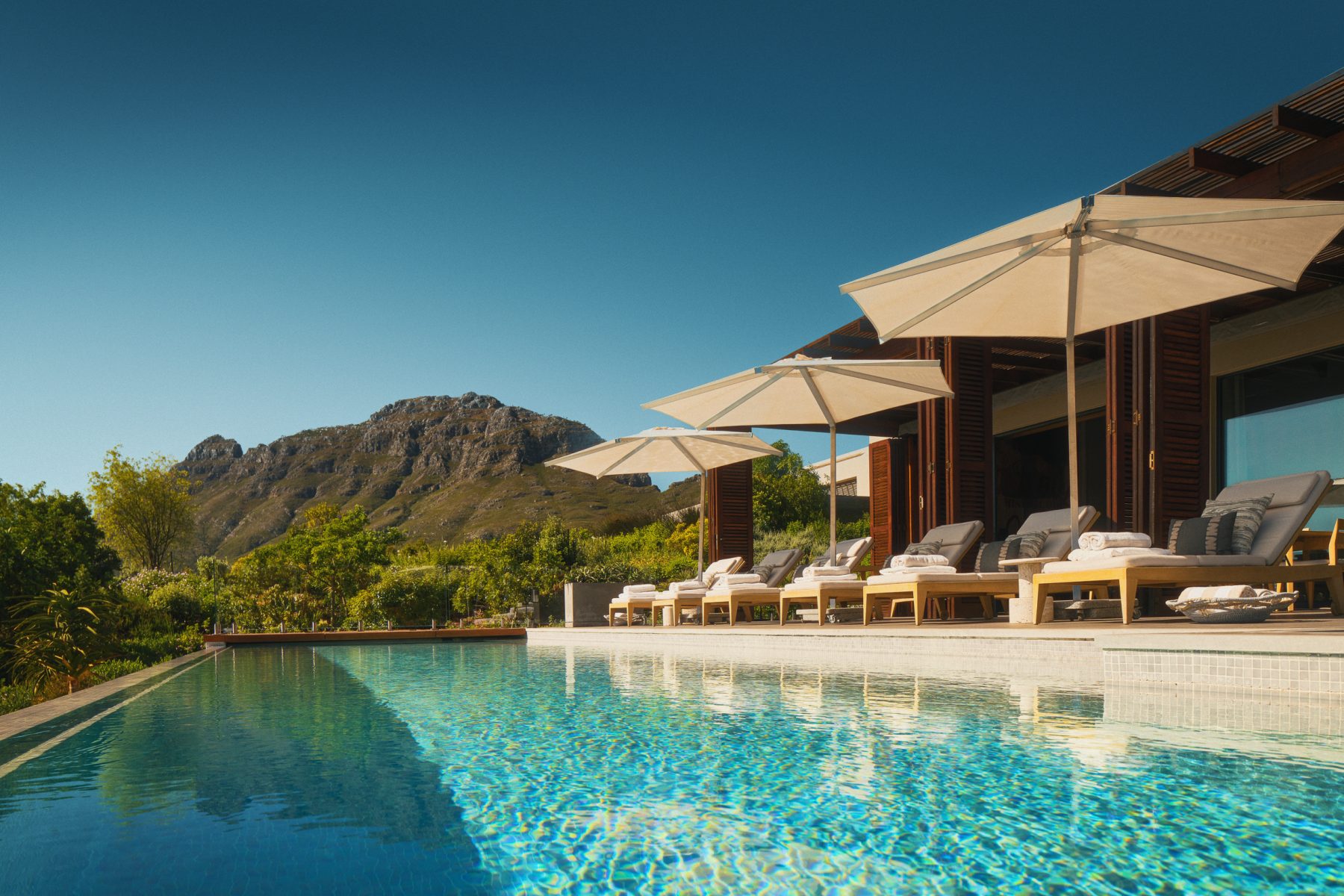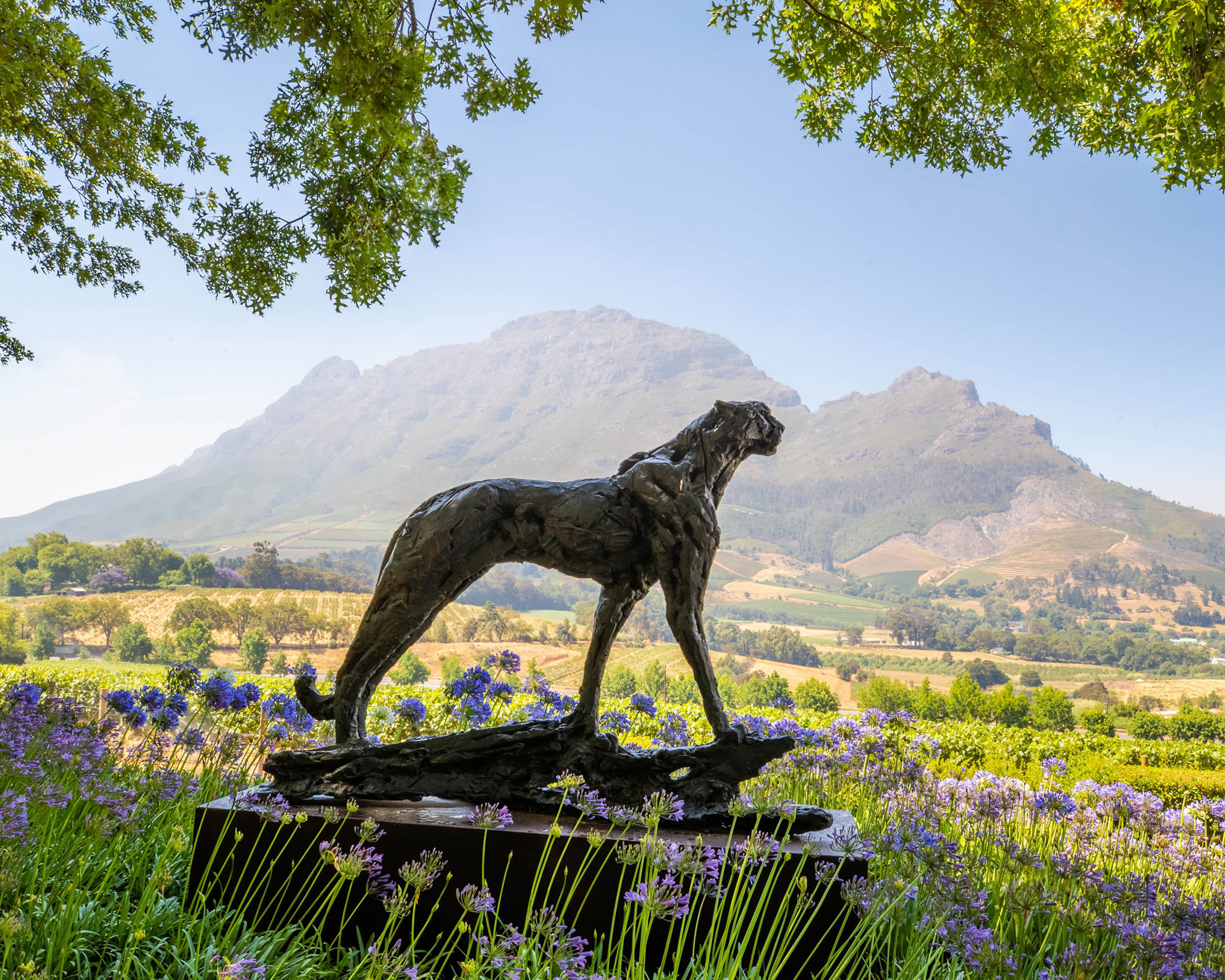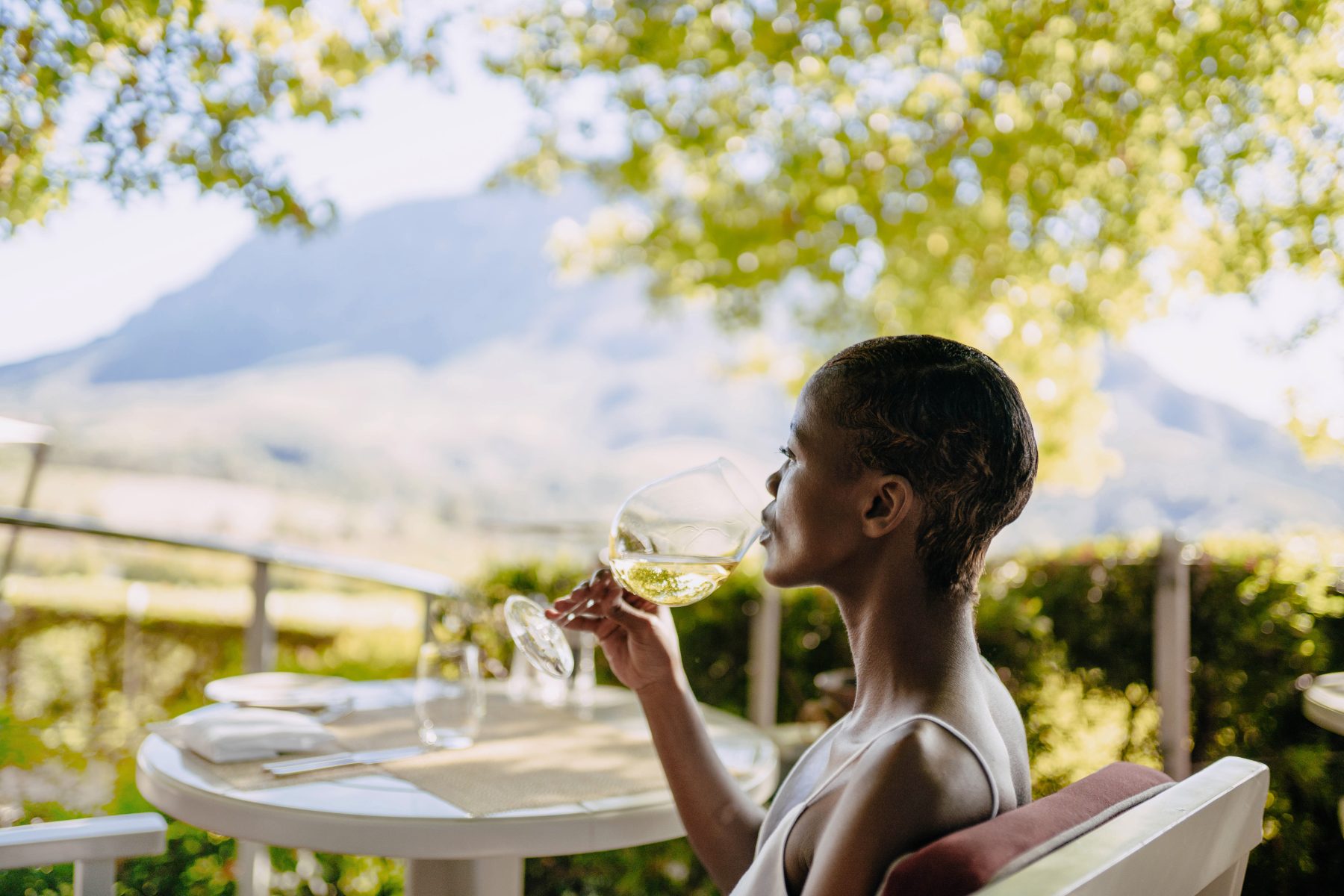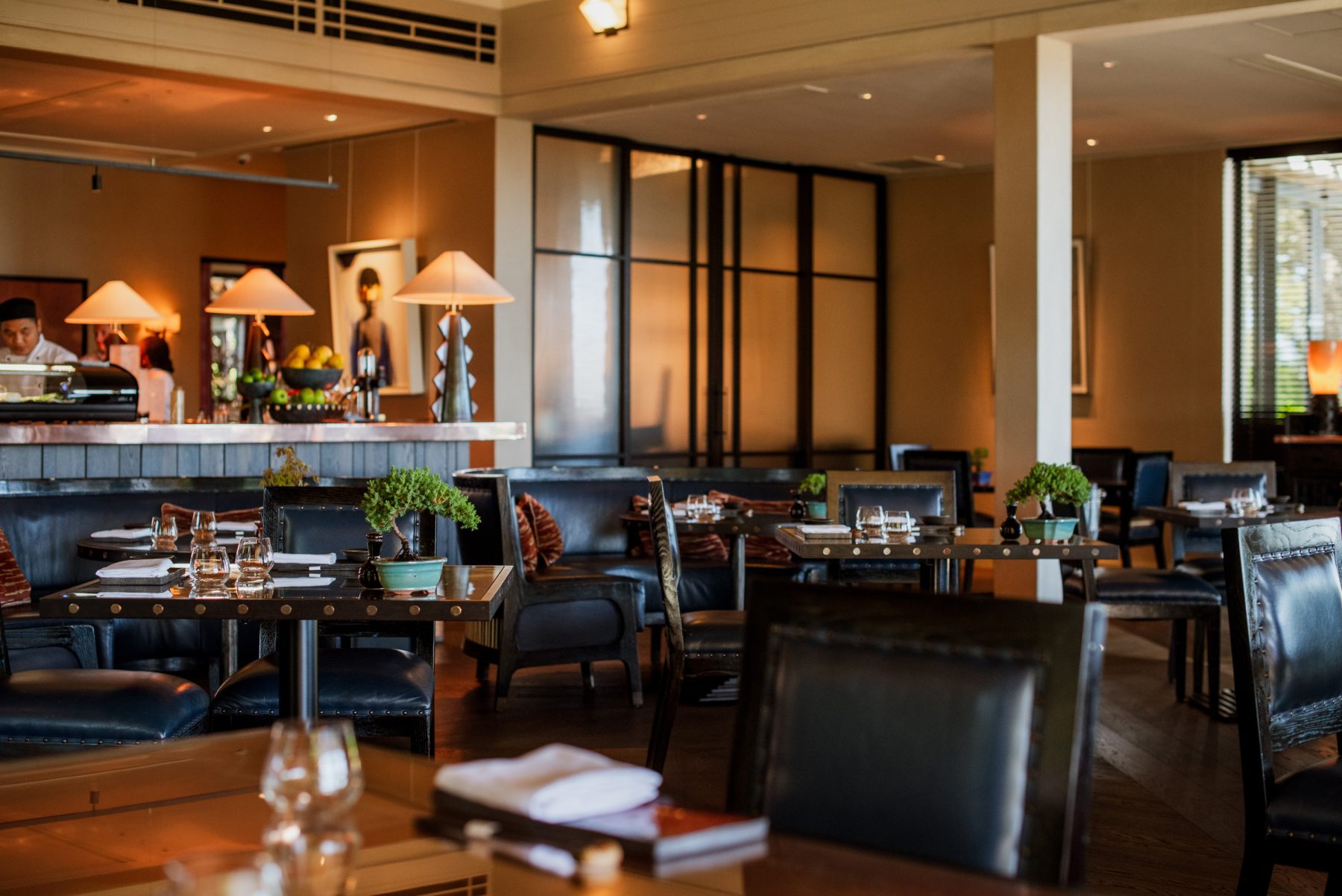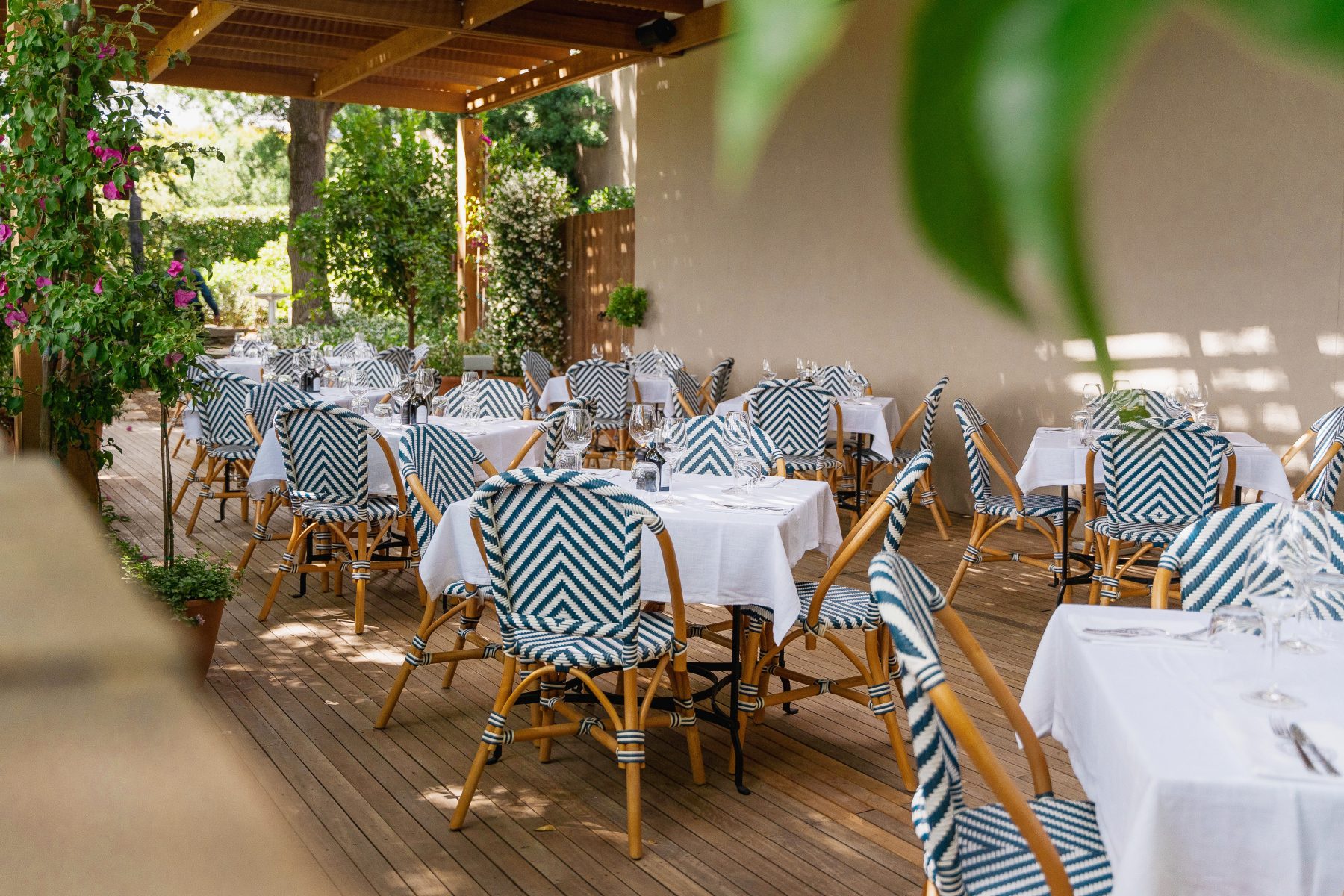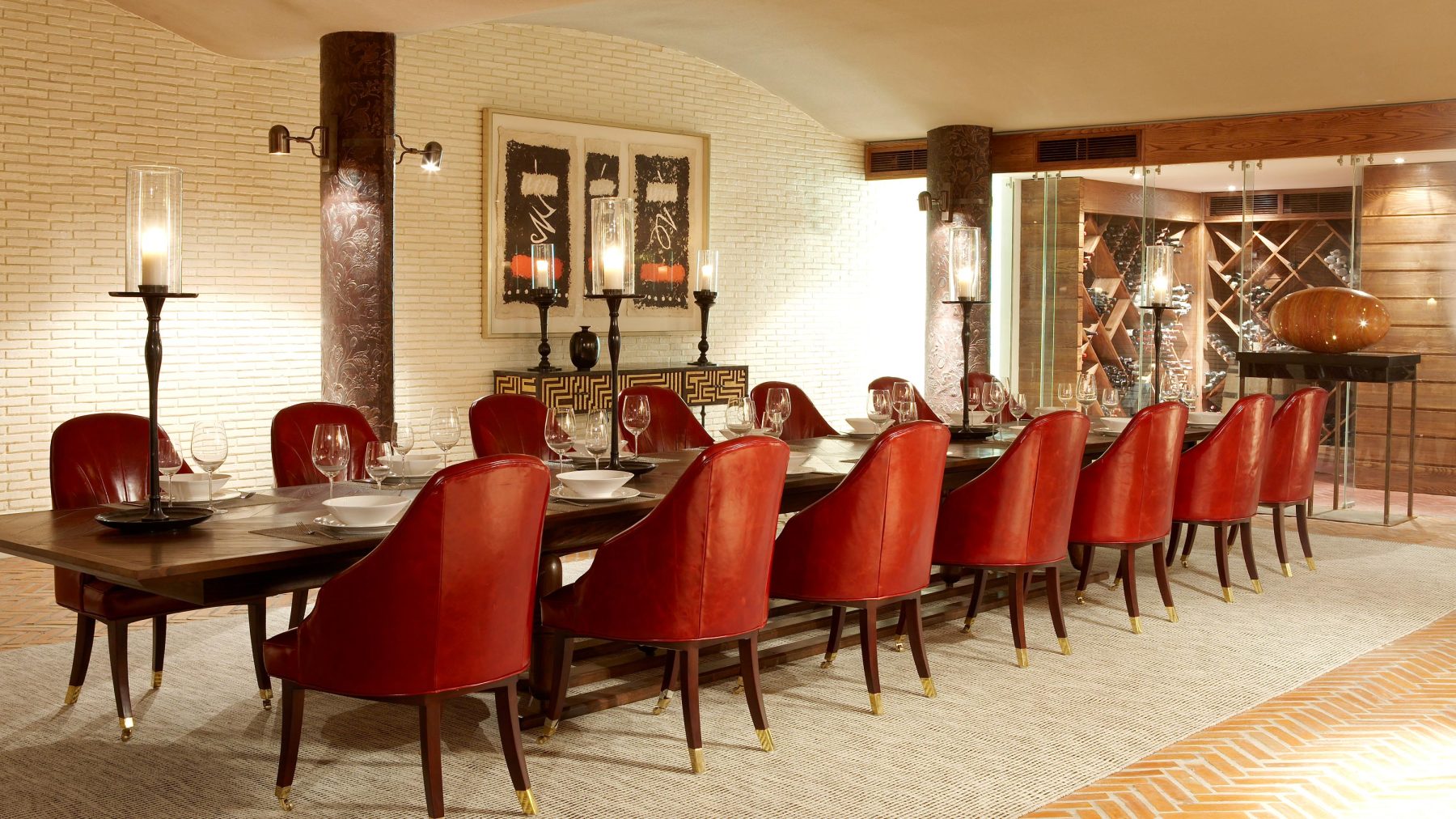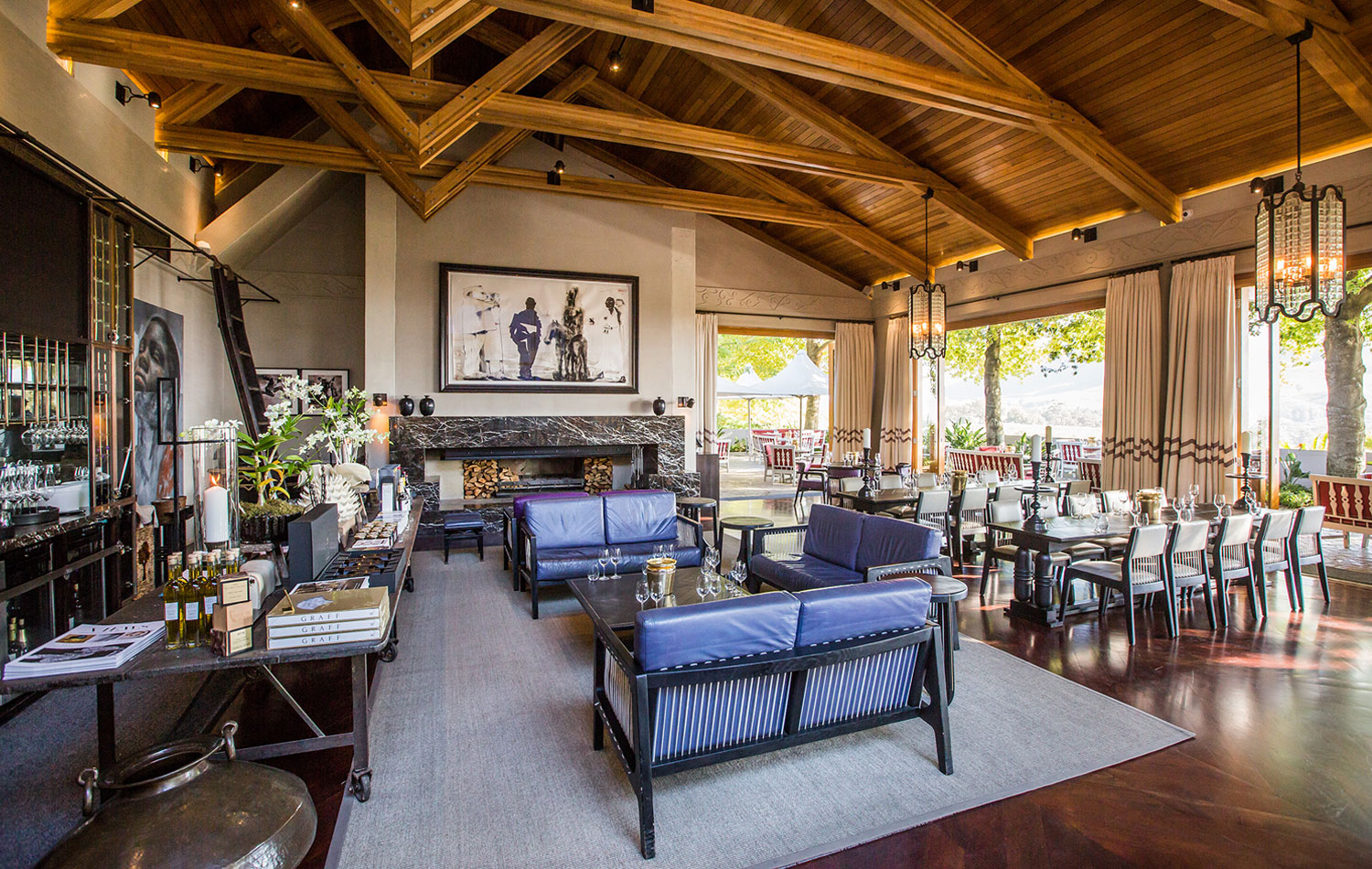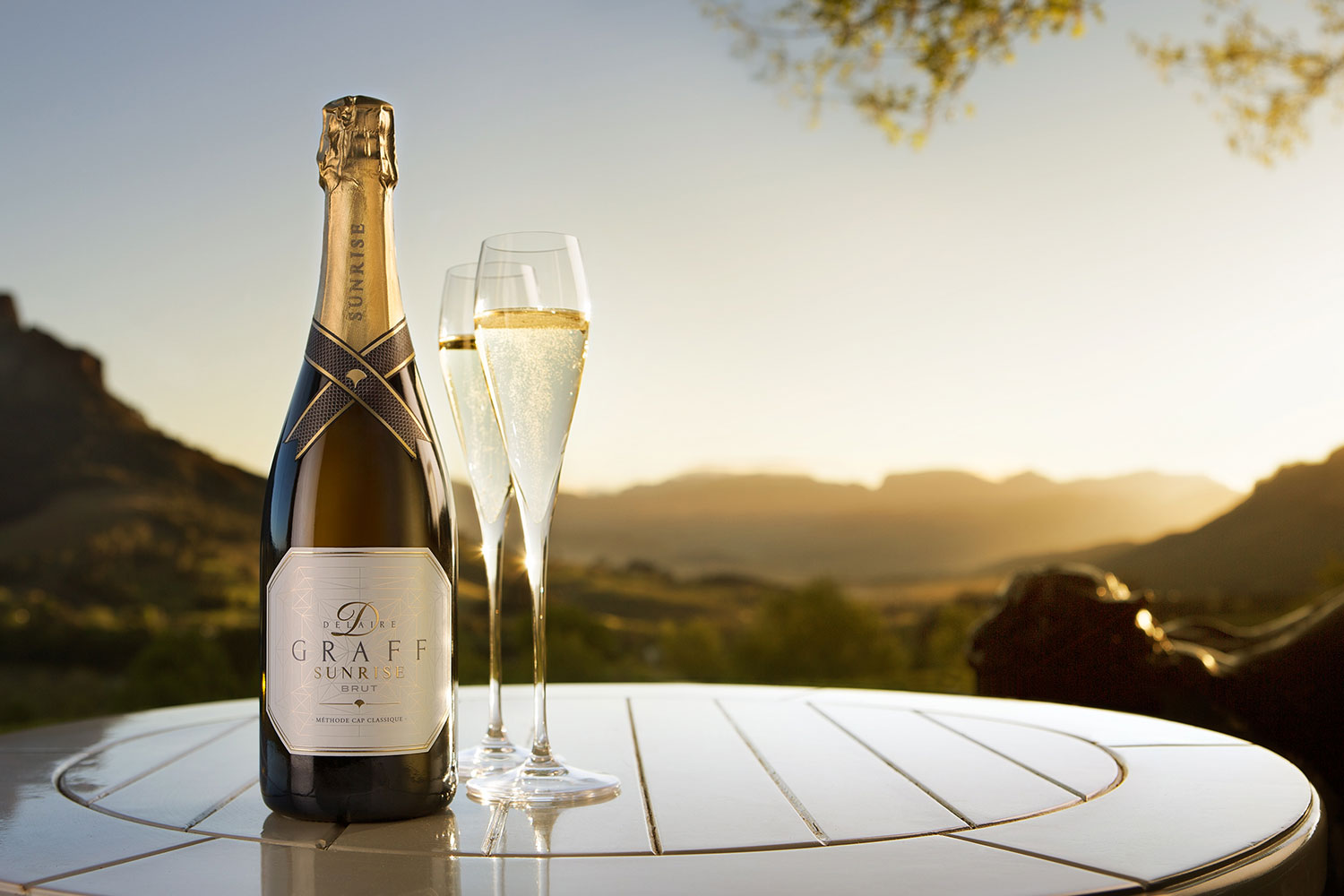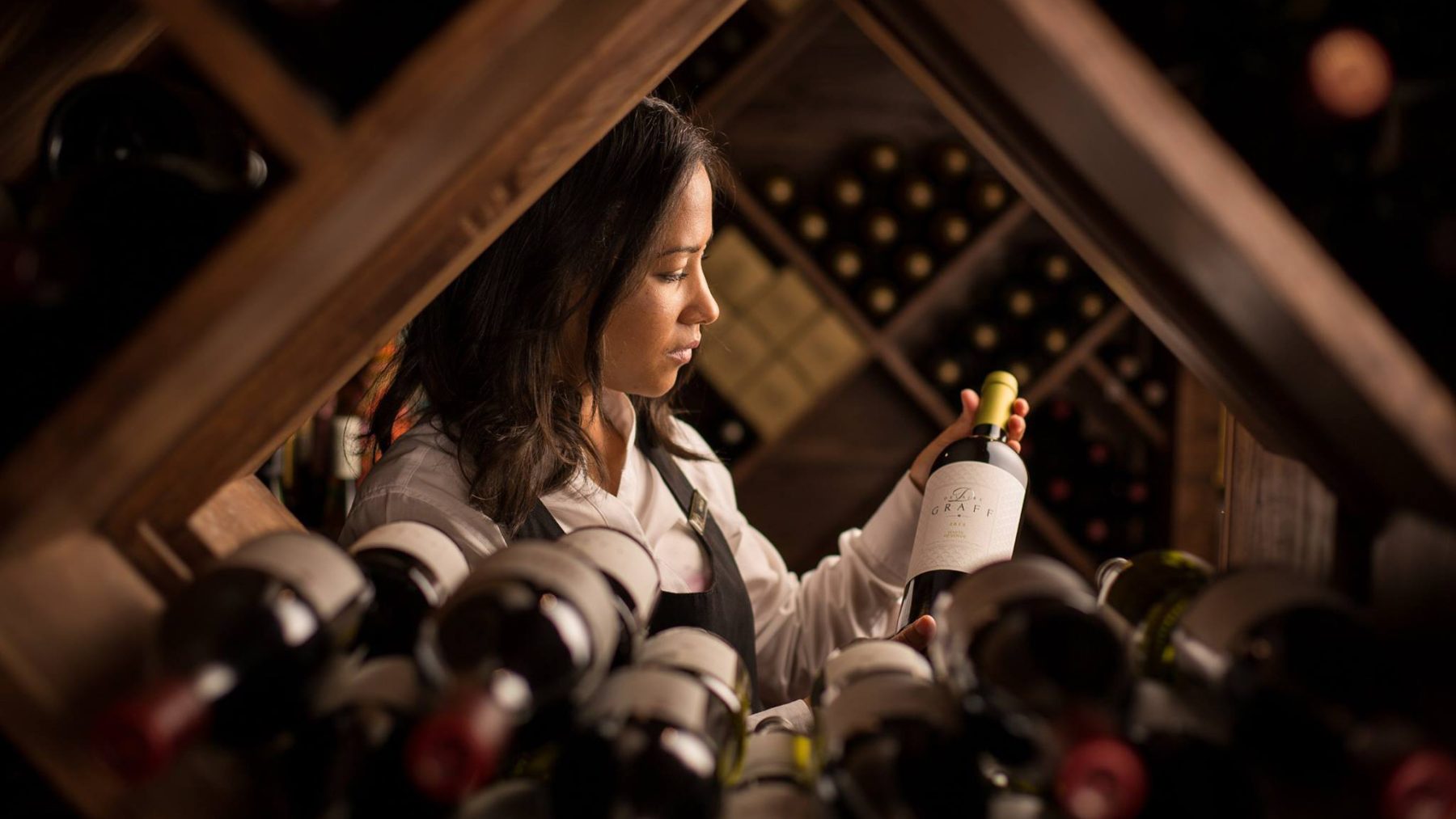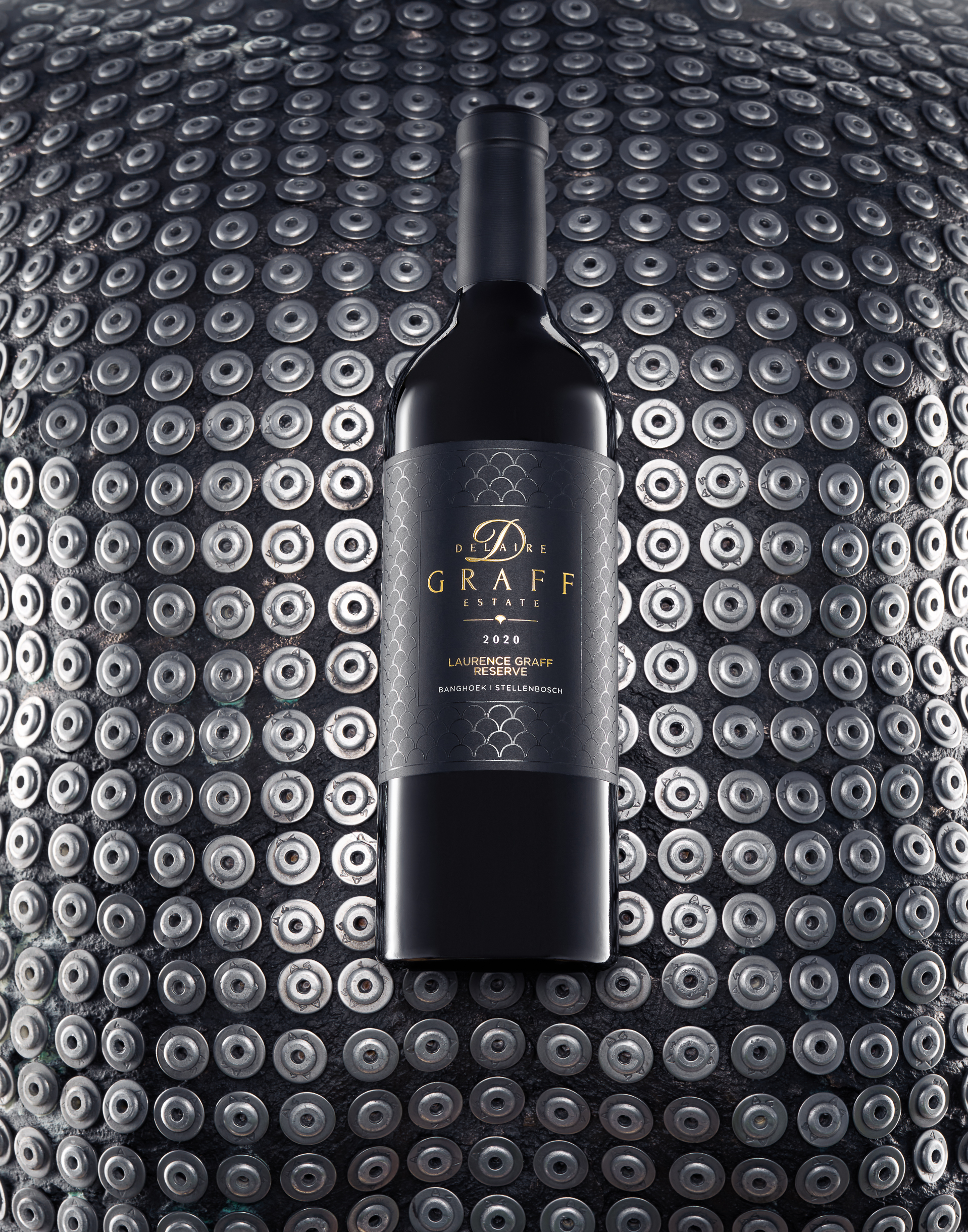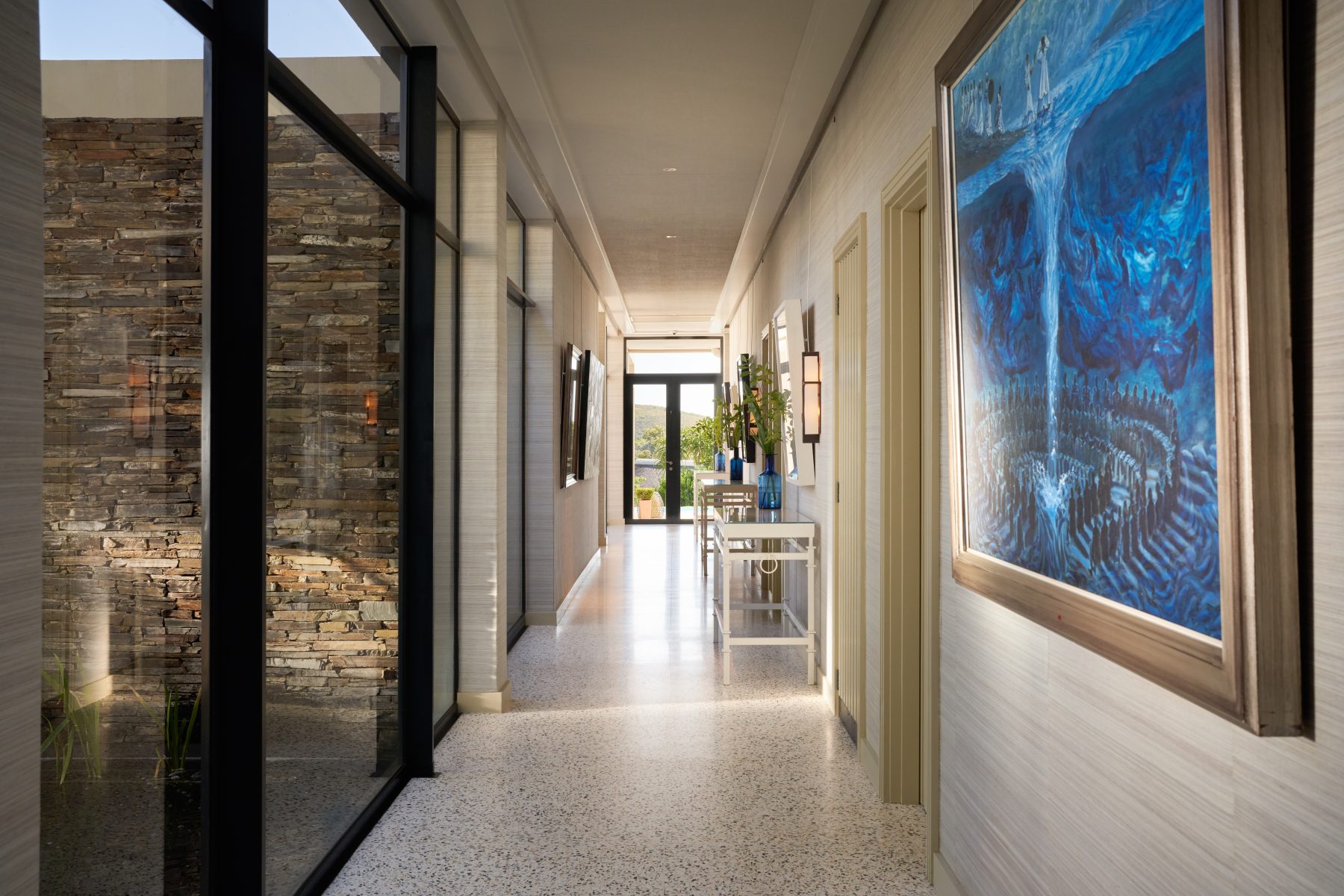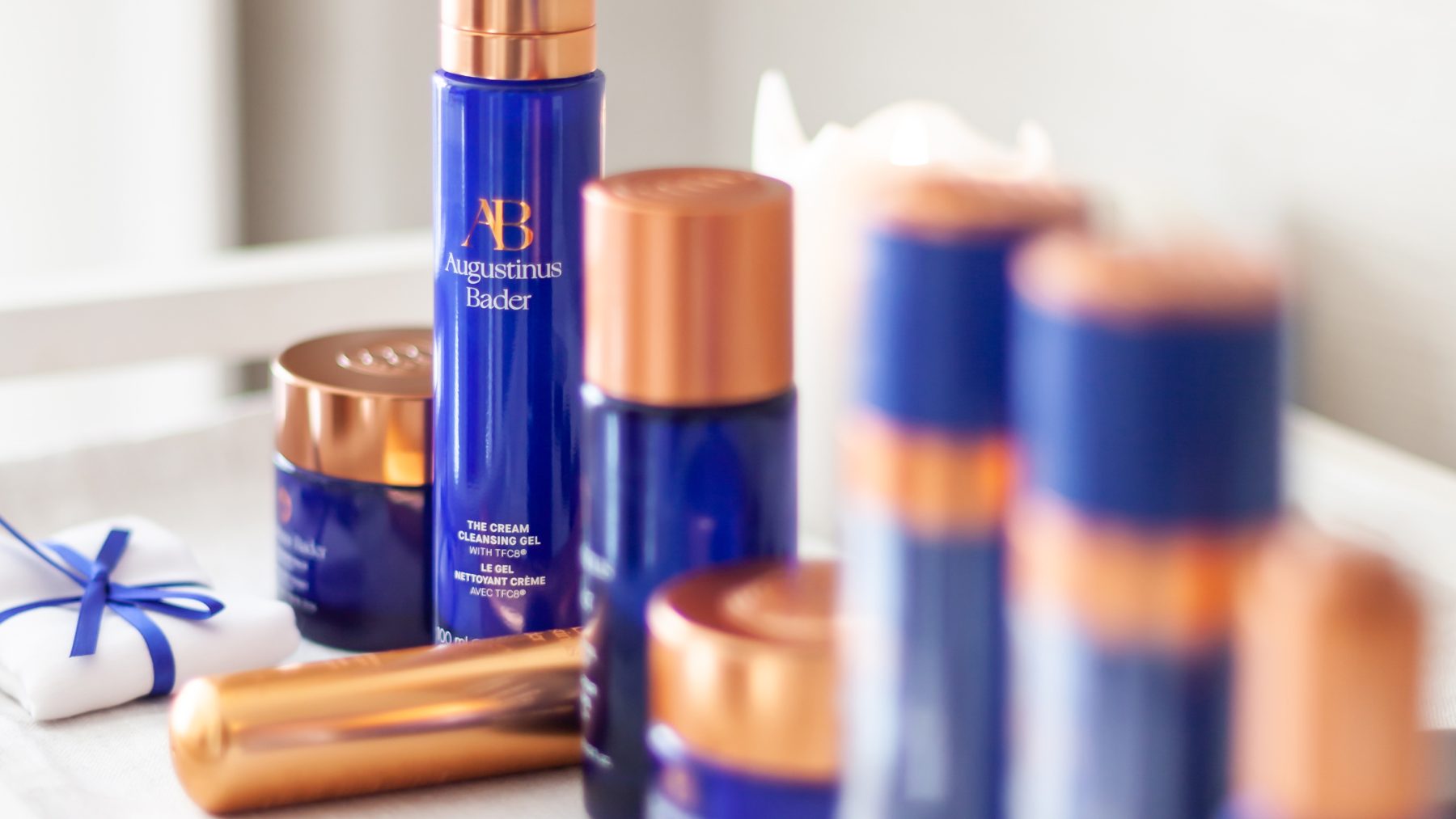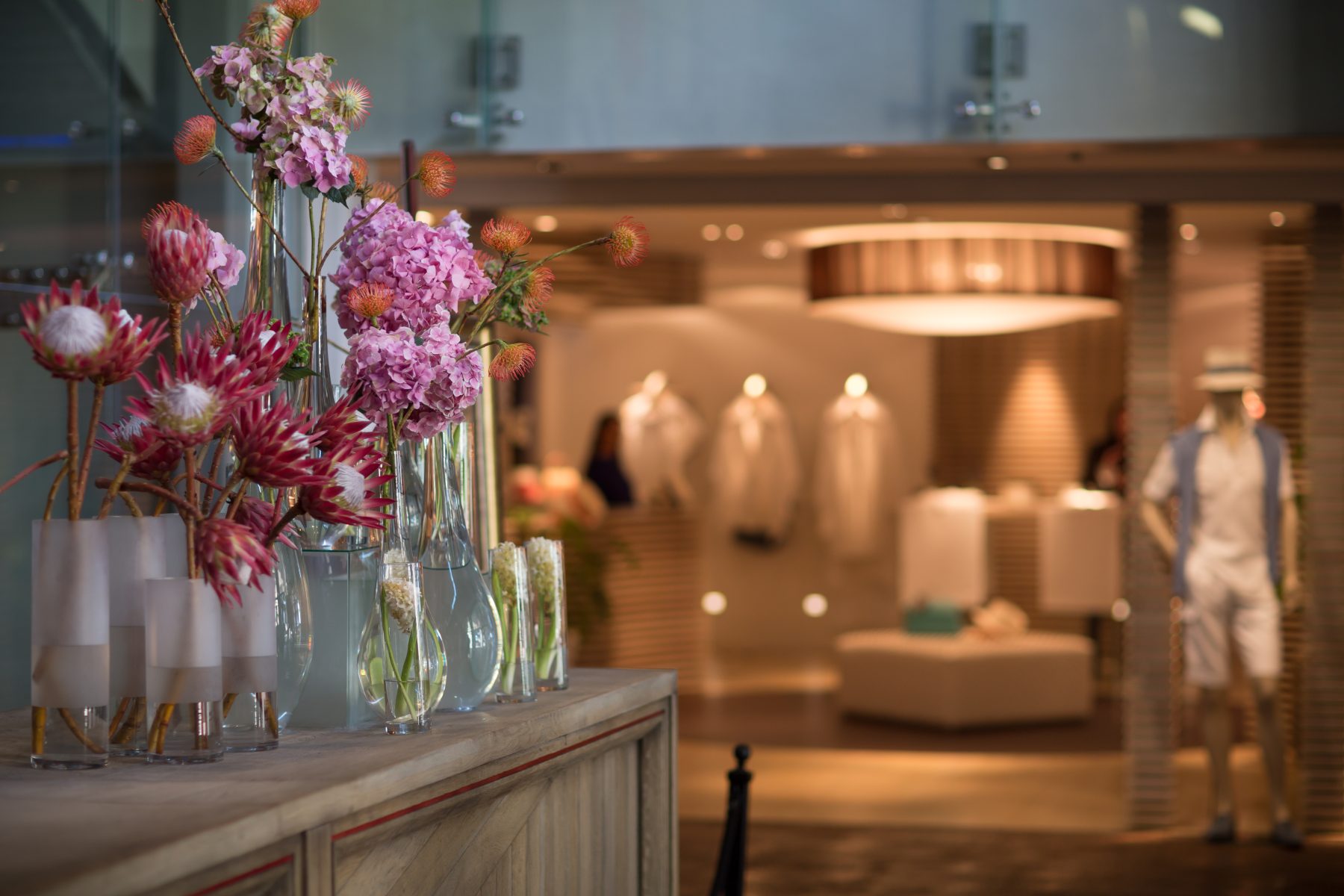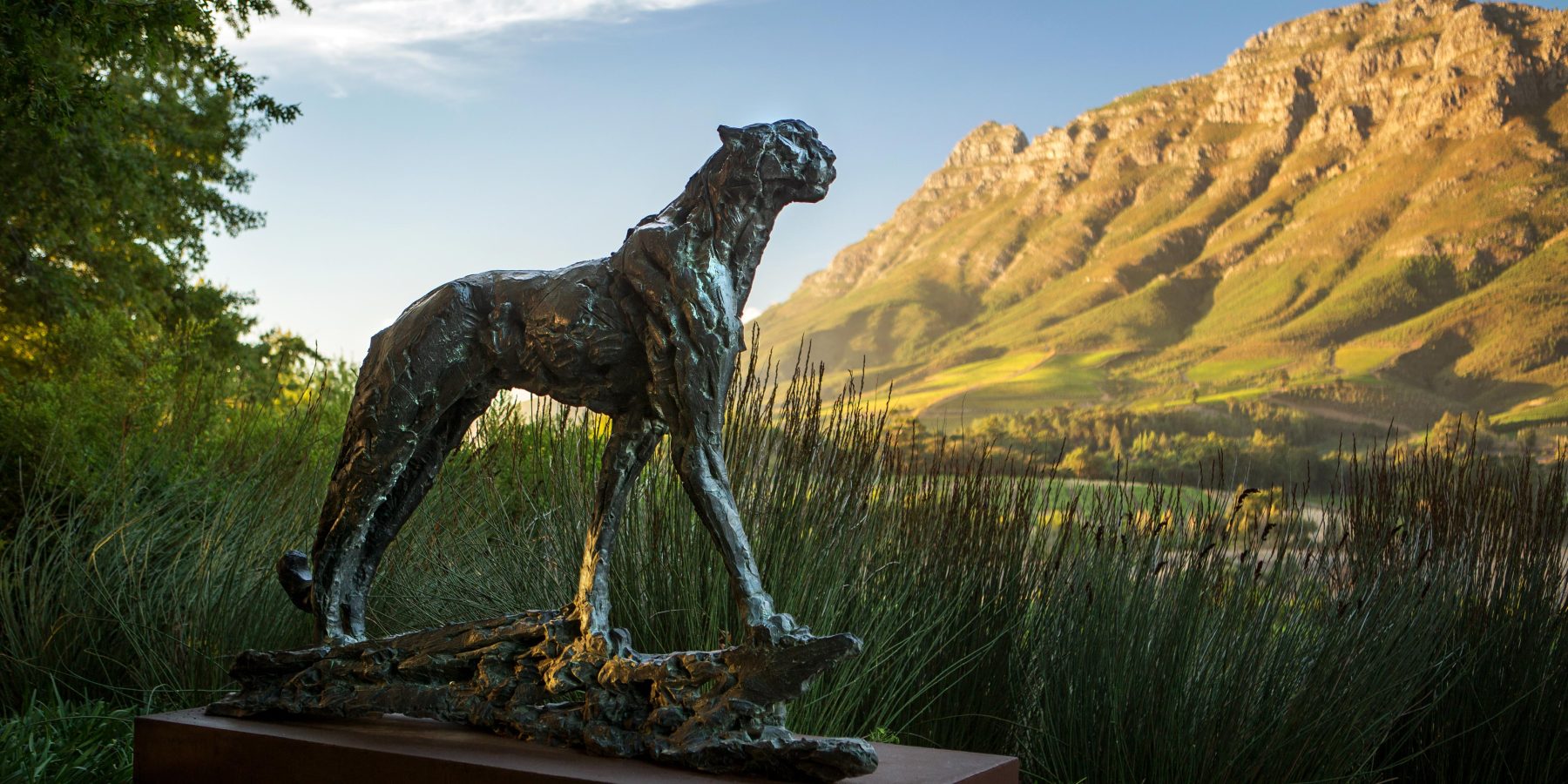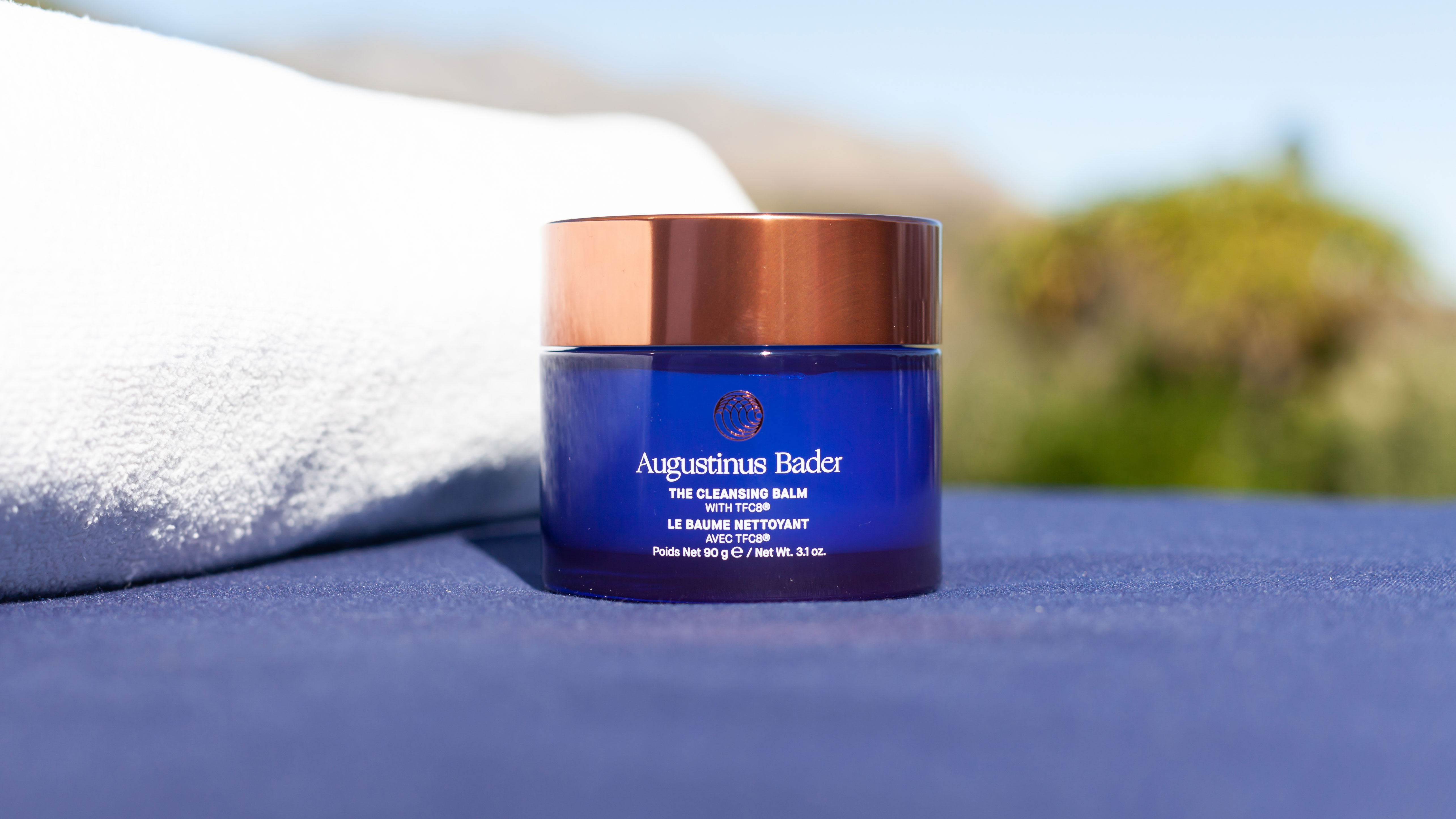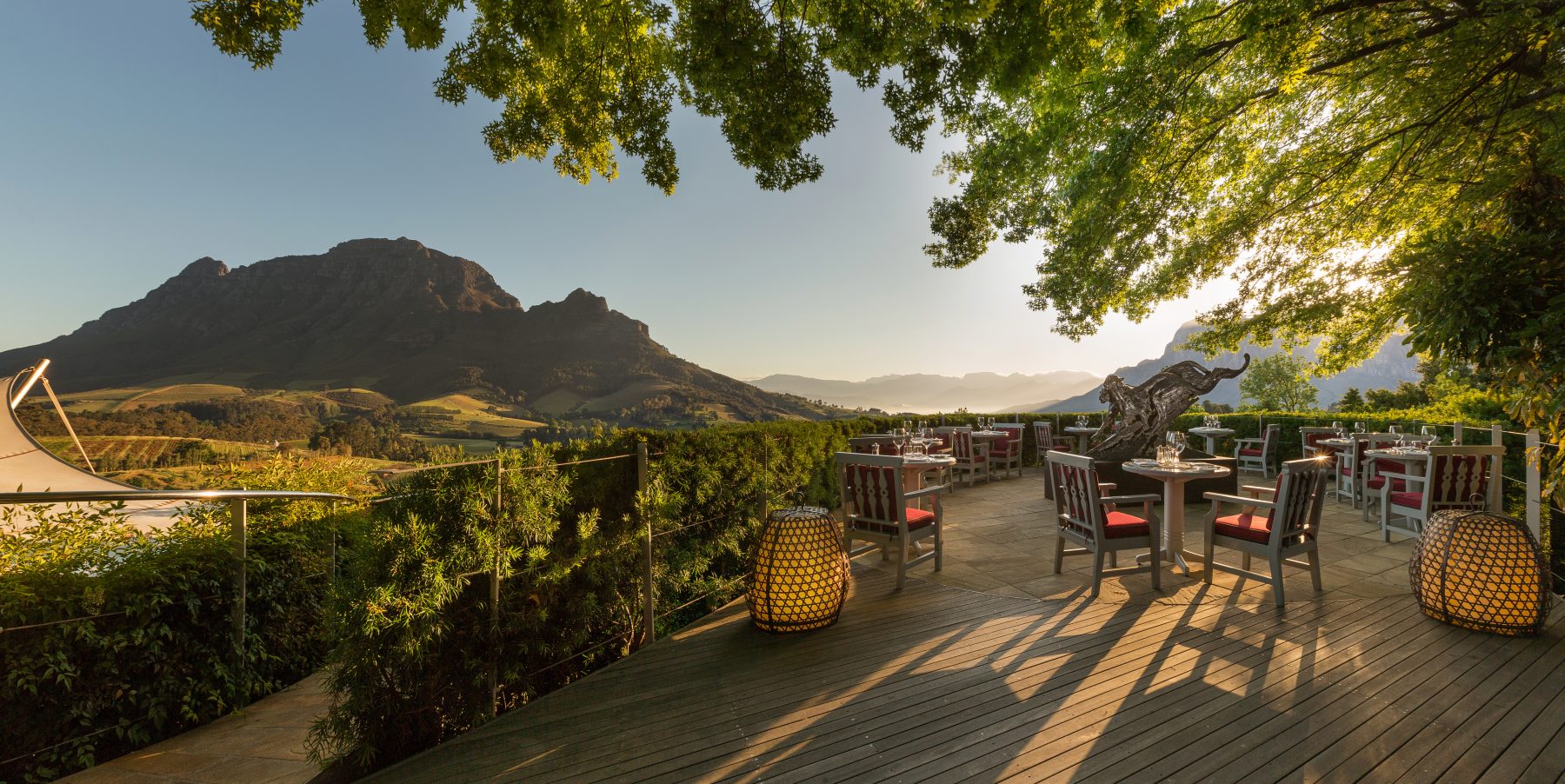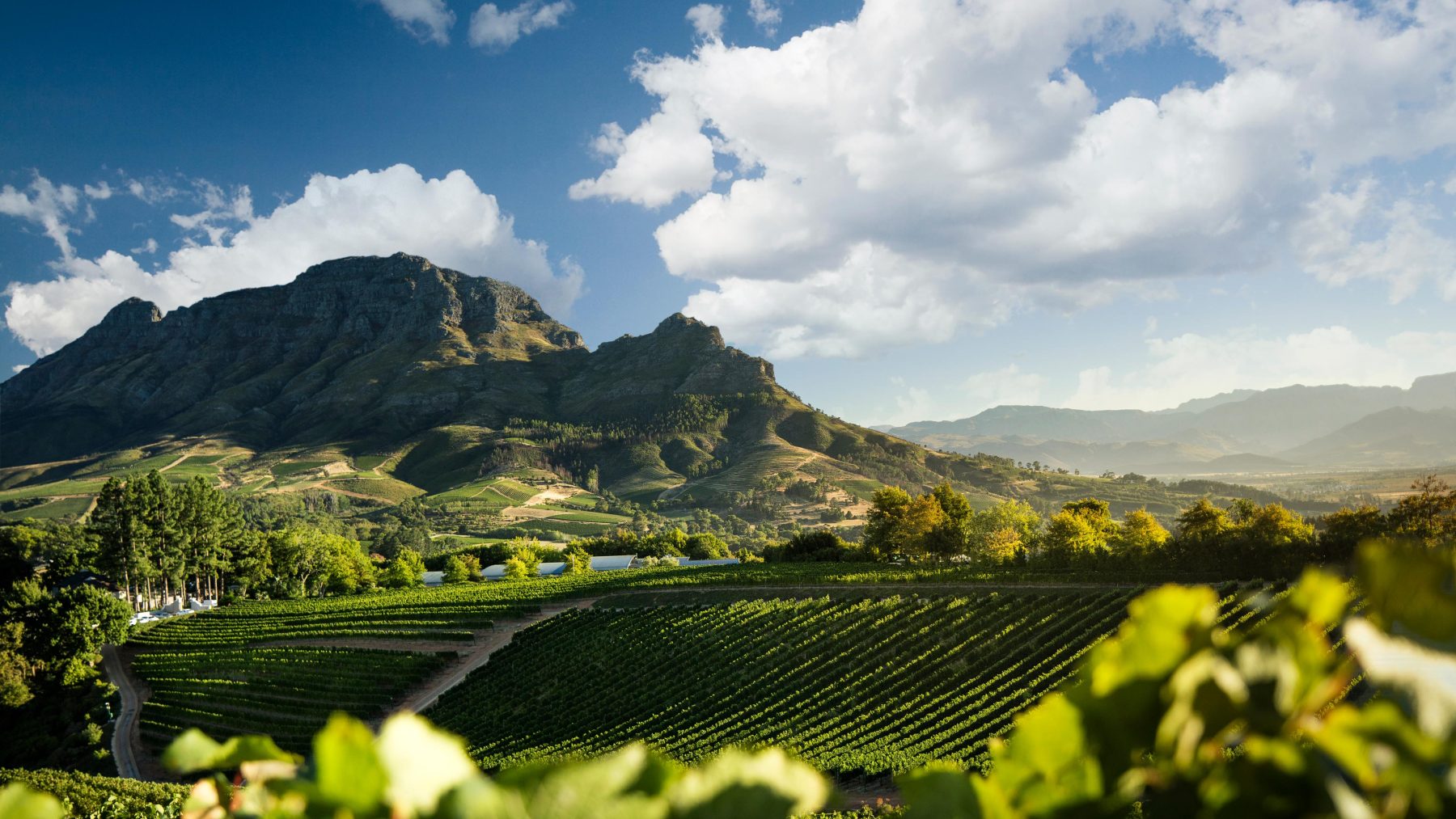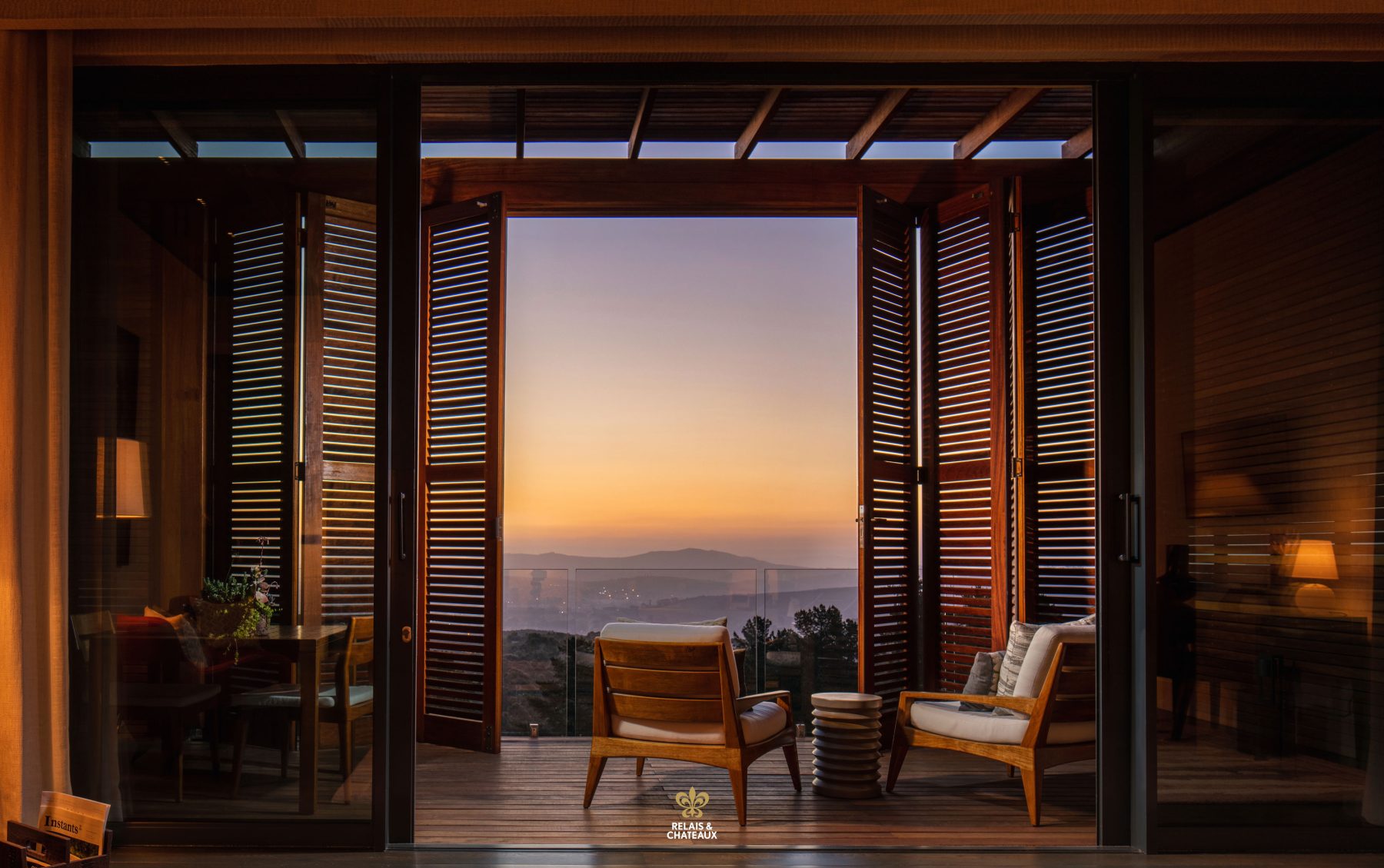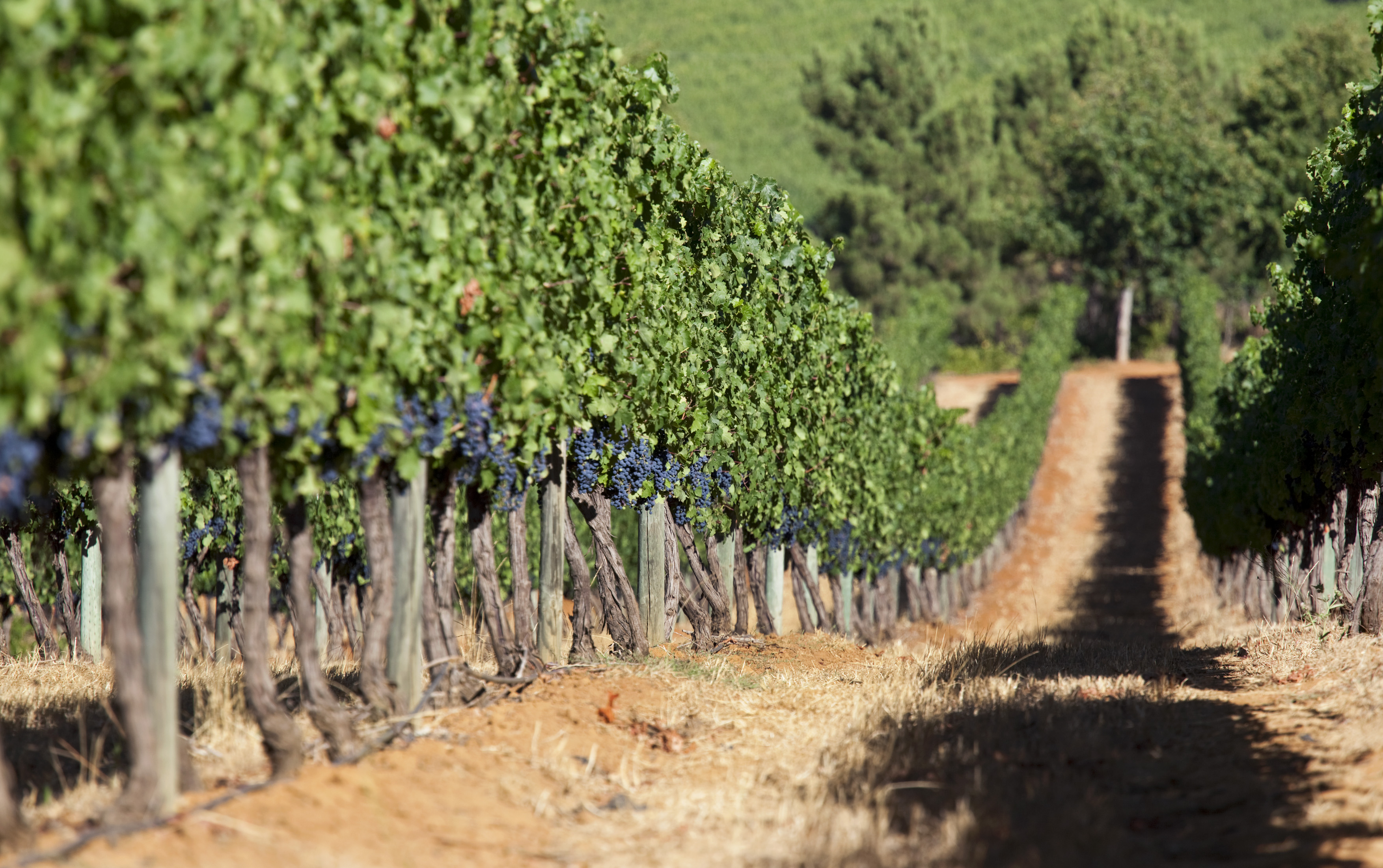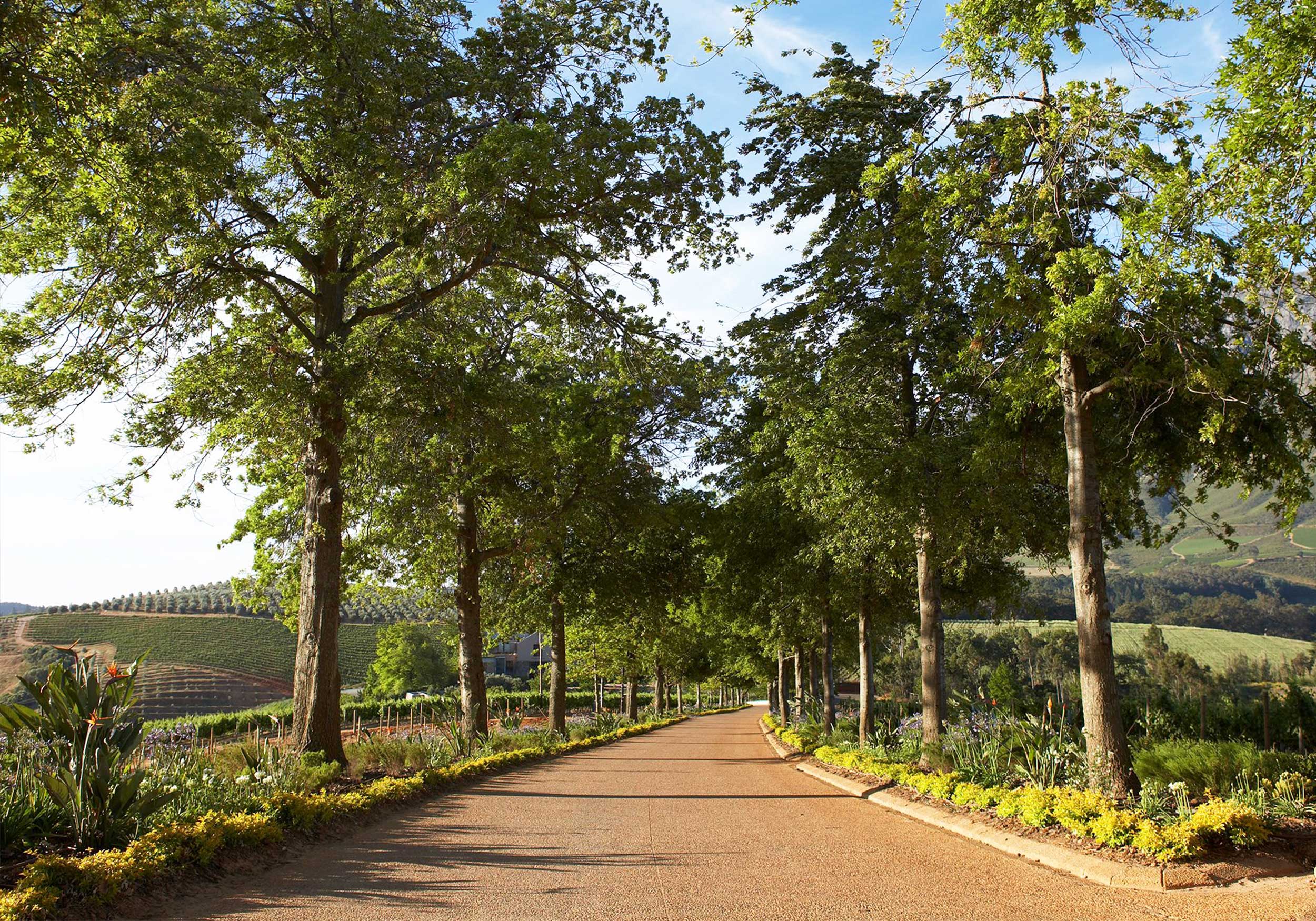Cabernet finds its feet in Stellenbosch
The fertile valleys of the Cape are a natural refugium for plant life. Known as the Cape Floral Kingdom, this is one of the most biodiverse regions on the planet, where over 9,600 flower and plant species thrive.
From the 17th century onwards, grapevines, too, found their kingdom in the Cape, where the Mediterranean climate proved ideal for vine growing. In particular, the rolling hillsides of Stellenbosch at the foot of the Cape Fold mountain range offered an oasis for viticulture, and within a century it had become Africa’s premier wine region.
Spanning over 15,000 hectares, Stellenbosch is home to over 160 wine producers, and the manifold different mesoclimates in the folds of the hills and valleys allow for an exciting range of grape varieties and wine styles, from fresh and mineral Chardonnay and spicy, floral Syrah to lusciously sweet and exotic dessert wines. The combination of mountain and maritime influences means that many grape varieties are viable, but one that particularly shines in Stellenbosch is its Cabernet Sauvignon.
A highly desirable variety, Cabernet Sauvignon forms the backbone of the most legendary Bordeaux wines and is responsible for the best wines of California’s Napa Valley. Now, the world-class Cabernet Sauvignons of Stellenbosch are on the cusp of reaching global recognition.

